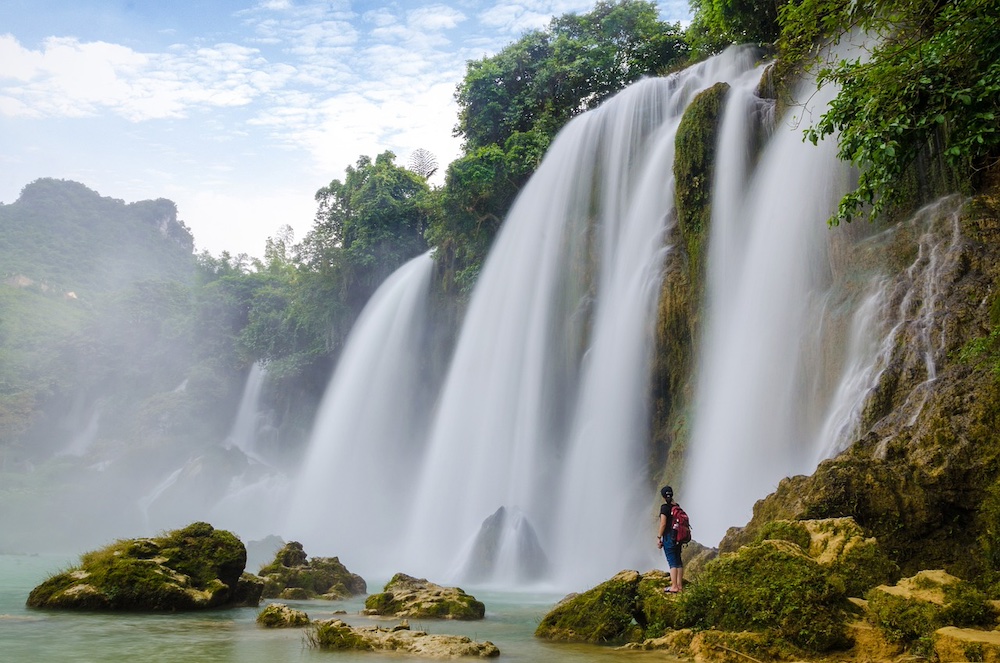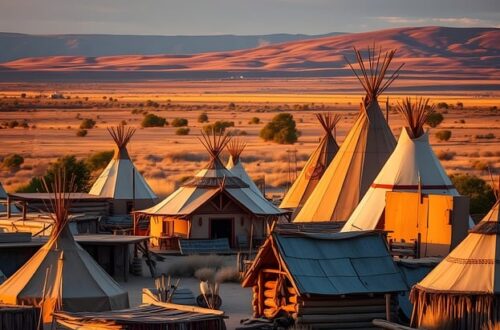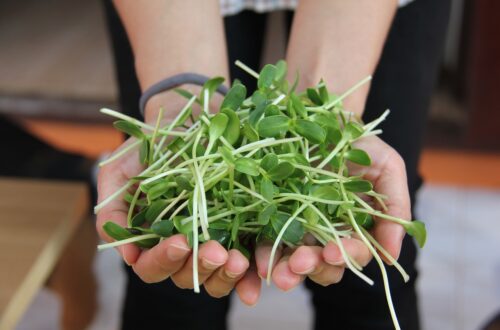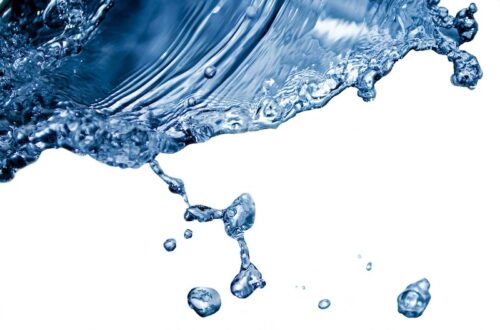Water is a precious resource that sustains life on Earth, yet many still take it for granted. With increasing concerns about scarcity and environmental sustainability, individuals must adopt water conservation strategies in their daily lives. The best place to start is by implementing them in your own home and garden.
Water Conservation Strategies for Your Home
Saving water is much easier than you may think. You can use several water conservation techniques in indoor and outdoor settings, helping you reduce your environmental footprint and contribute to a more sustainable future. Use these strategies as a starting point:
Installing low-flow fixtures in your home is one of the easiest ways to save water on a daily basis. Low-flow toilets, faucets and showerheads use less water without sacrificing performance. Replacing outdated fixtures with low-flow versions reduces your household’s water usage by 30% and lowers your bills. These fixtures are easy to find and simple to install yourself, making them an excellent choice for your home.
It’s wise to switch to energy-efficient appliances along with your low-flow fixtures. When it’s time to replace outdated household items like washing machines and dishwashers, choose Energy-Star-rated models with high water-efficiency ratings. Energy-star-certified houses are 10% more energy-efficient than those that aren’t.
It may seem obvious to avoid, but many people leave the tap running while brushing their teeth or shaving. Water scarcity affects 10% of people worldwide, leaving them without access to running water. Leaving the faucet on unnecessarily can waste gallons of water. Turning it off reduces your usage and lowers your bills, saving you money in the long run.
Avoid throwing trash into your toilet bowl and dispose of waste properly in designated bins. Flushing non-biodegradable items, such as facial tissues, cotton balls, sanitary pads, or even cigarettes, down the toilet wastes water and increases the risk of clogged pipes and sewer backups.
Insulate your pipes and water heaters. Insulating pipes reduces the time it takes for hot water to reach your faucets, minimizing the amount wasted while waiting for it to heat up. Insulating your water heater can help it retain heat more efficiently, reducing the time it needs to run and consequently saving water and energy.
Water Conservation Strategies for Your Garden
Watering your garden in the heat of the day can lead to water loss due to evaporation. It has a much better chance to soak into the soil and reach the roots of your grass during the cooler nighttime temperatures, maximizing its effectiveness while minimizing waste. Watering before sunrise or after sunset ensures your grass absorbs what’s necessary to thrive.
Use a soaker hose or drip irrigation rather than traditional sprinklers, which can also lead to water loss through evaporation. Choose equipment that delivers water directly to your plants’ roots. Provide deep, infrequent watering instead of frequent shallow watering. This technique encourages plants to develop deeper root systems, making them more resilient to droughts.
Consider alternatives if maintaining your lawn is becoming challenging in your climate or if you have limited water availability. Swapping grass for artificial turf or native grasses that require less water and maintenance and reduce your bills.
Nonnative species are notorious for using plenty of water and depleting underground sources. Native plants are adapted to the local climate and soil conditions, requiring minimal water. Planting indigenous species reduces the need for irrigation while providing habitat for wildlife, such as birds, butterflies and pollinators.
Additionally, select drought-resistant plants when planning your landscape, particularly in regions prone to dry spells or water restrictions. These plants are specially adapted to withstand periods of limited water availability, making them well-suited for low-maintenance gardening. Drought-resistant plants typically have deep root systems that allow them to access water from deeper soil layers, reducing the need for frequent watering.
Select various drought-tolerant species such as succulents, ornamental grasses and Mediterranean herbs to create a visually appealing garden that thrives even during the drier months. Add mulch around your plants to help retain soil moisture and suppress weed growth, further saving water.
Soil quality also plays a role in water conservation. Improve the water-holding capacity of your soil by amending it with organic matter such as compost. It will retain moisture more effectively, reducing how often you need to water your plants.
Although it may seem effective, using a hose to clean your driveway increases unnecessary water usage. Sweeping away dirt, debris, dust, and leaves with a broom requires no water at all and is just as effective. You can save gallons with each cleaning session and avoid the runoff of pollutants into storm drains.
Implement These Water Conservation Techniques
Water conservation is a global responsibility, and simple changes in your home and garden can make a significant impact over time. Adopting a few simple conservation strategies can save water while maintaining a beautiful and sustainable landscape.
Jack Shaw is the senior Outdoors writer for Modded, a men’s lifestyle publication. An avid outdoorsman and lover of nature, he’ll often find himself taking retreats out to explore his environment and encourages others to do the same in ways that are sustainable and beneficial to the environment.







2 Comments
Pingback:
Pingback: